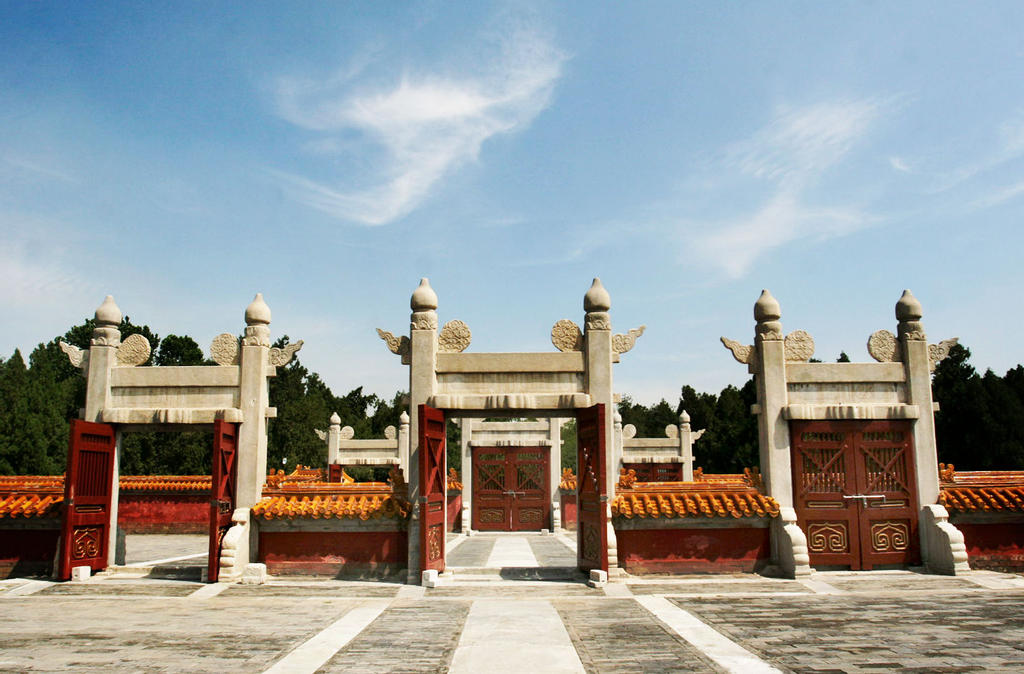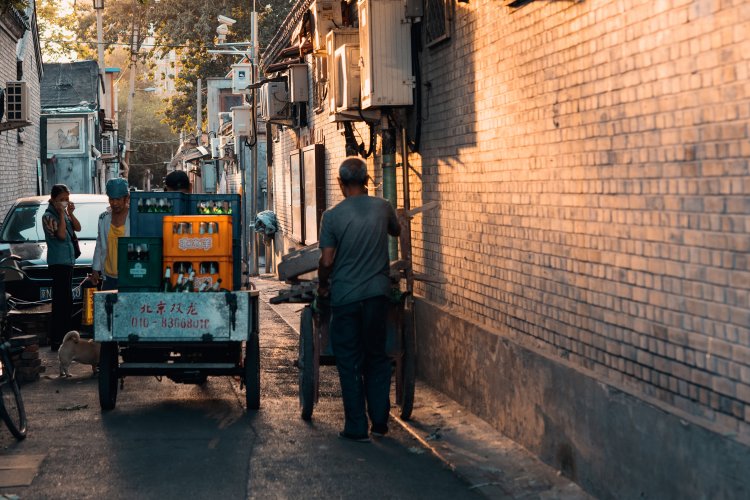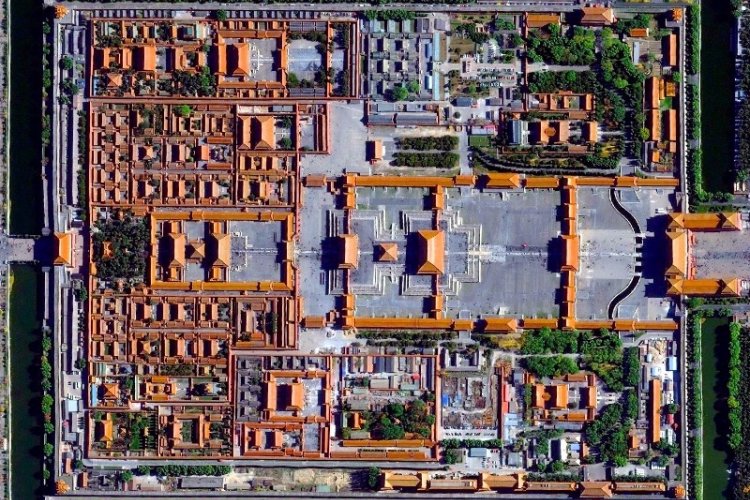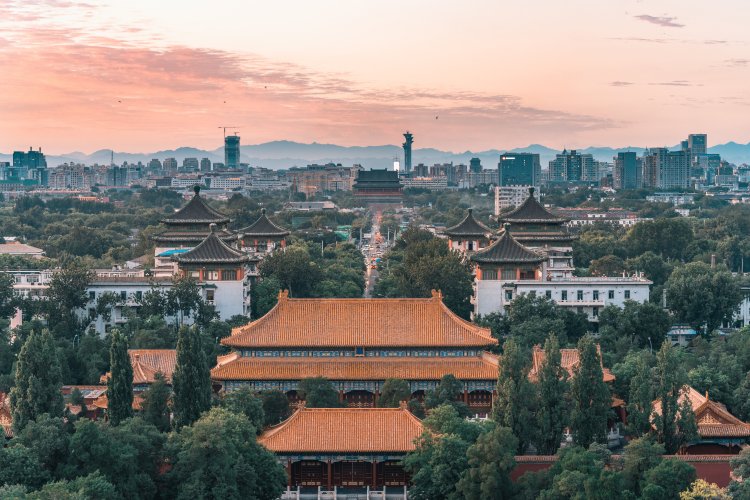Tooling Around the Tans: Exploring Beijing's Temples of Earth, Sun & Moon
When I was studying in Beijing in 2012, people often asked if I had visited the same three places: the Great Wall, the Forbidden City, and the Temple of Heaven.
I went to the Great Wall during my first month of study, so was able to quickly check that off the list. The Forbidden City came a month later, and I’ve been back four times since that first visit. However, it wasn’t until six months into my time as an exchange student here that I finally visited the Temple of Heaven (天坛Tiāntán).

After experiencing the other two sites, the temple felt like a bit of a letdown: just a big park that happens to have a few rooms and a sacrificial altar. It wasn’t until later that I came to understand the significance of the place – as the Son of Heaven, it was the emperor’s foremost means of communicating with the gods, asking for good harvests around every winter solstice.
But what if I told you there were yet more parks with altars of this kind – three others to be exact – on opposite sides of Beijing, that can be accessed with ease and have fewer crowds than the Temple of Heaven?
Well, you’d best believe it, because these places, the Temple of Earth, Temple of Moon, and Temple of Sun, can all be found within the capital and seen in a full day if you’re up to it.
Temple of Moon
Constructed in 1530 and used for sacrifices to the Moon, 月坛Yuètán, as it's known in Chinese, lies on the city’s west side, a little southwest of Fuchengmen Station on Line 2. Yuetan is the smallest of the "tans," and somewhat underwhelming. Although it's a pretty park, the altar here has, unfortunately, had a giant tower placed over it.
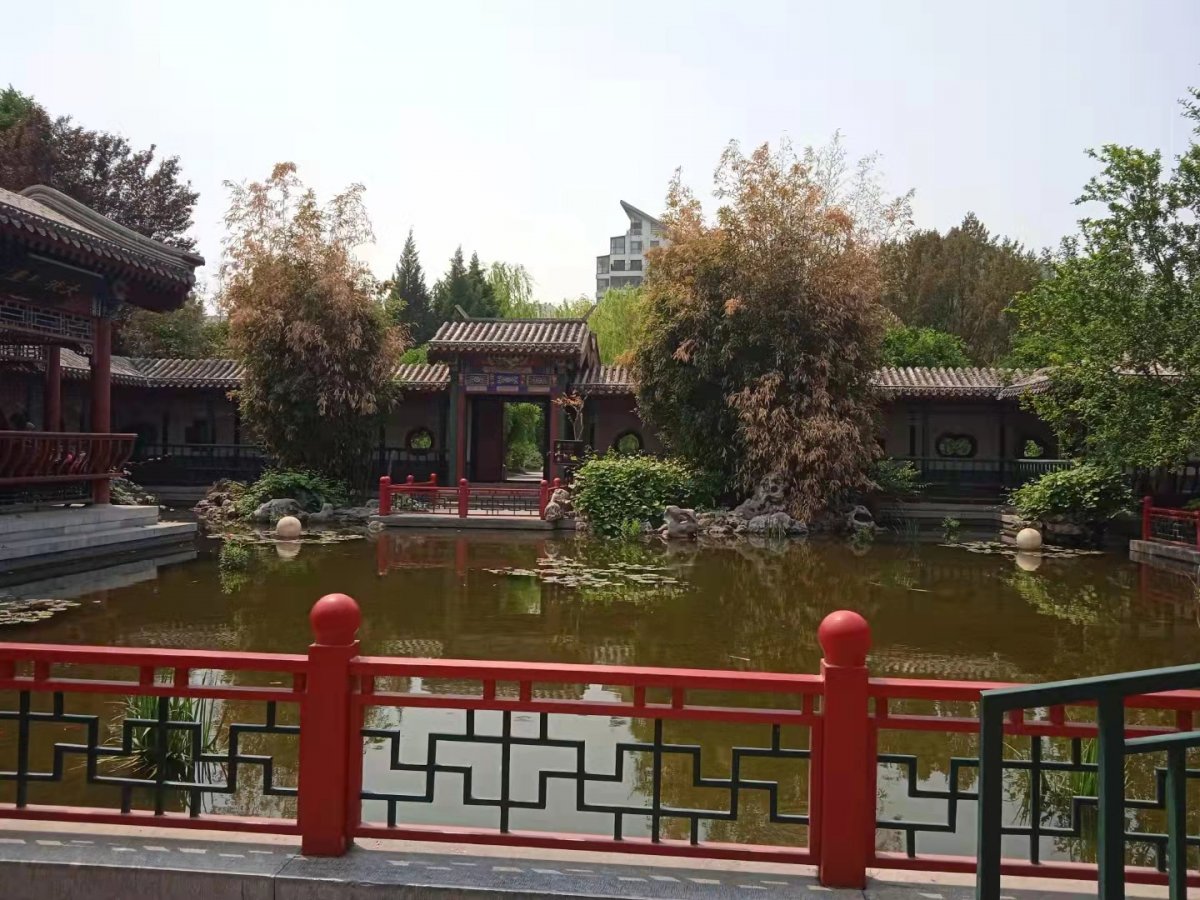
Be that as it may, it's a nice place to stroll for a while, to sit and enjoy old folks practicing their opera chops or gazing into the Moon Reflecting Pool, imagining what it’d be like to come at night and witness the moon dancing on the water.
Yuetan Park 月坛公园
A6 Yuetan North Street, Xicheng District
西城区月坛北街甲6号
Temple of Sun
Draw a line directly across from Yuetan – or simply hop on Line 6 and take it to Chaoyangmen Station – and you’ll find 日坛Rìtán. Also constructed in 1530, it was utilized every spring equinox for prayers and sacrificial offerings to that great big ball of fire in the sky.

Today, it's a popular public park, and even though most of the ancient buildings here – including the altar complex – are curiously closed to the public, everything can still be peeped at through gate holes and doors.
Fun fact, when you enter the park there’s an impressive mosaic mural of the Sun being offered to the people of Earth. This piece of art wasn’t erected in the 1500s but was actually added in the 1970s to commemorate the Reform and Opening Up Policy enacted under Deng Xiaoping.

Ritan Park 日坛公园
6 Ritan North Road, Chaoyang District
朝阳区日坛北路6号
Temple of Earth
They really loved building their altars in 1530, because this one also cropped up about the same time. Unlike the other two, though, 地坛Dìtán is the second largest temple complex in Beijing, with first-place going to Tiantan. Located near Yonghegong Lama Temple, it connects on a North-South axis with its heavenly counterpart as well.
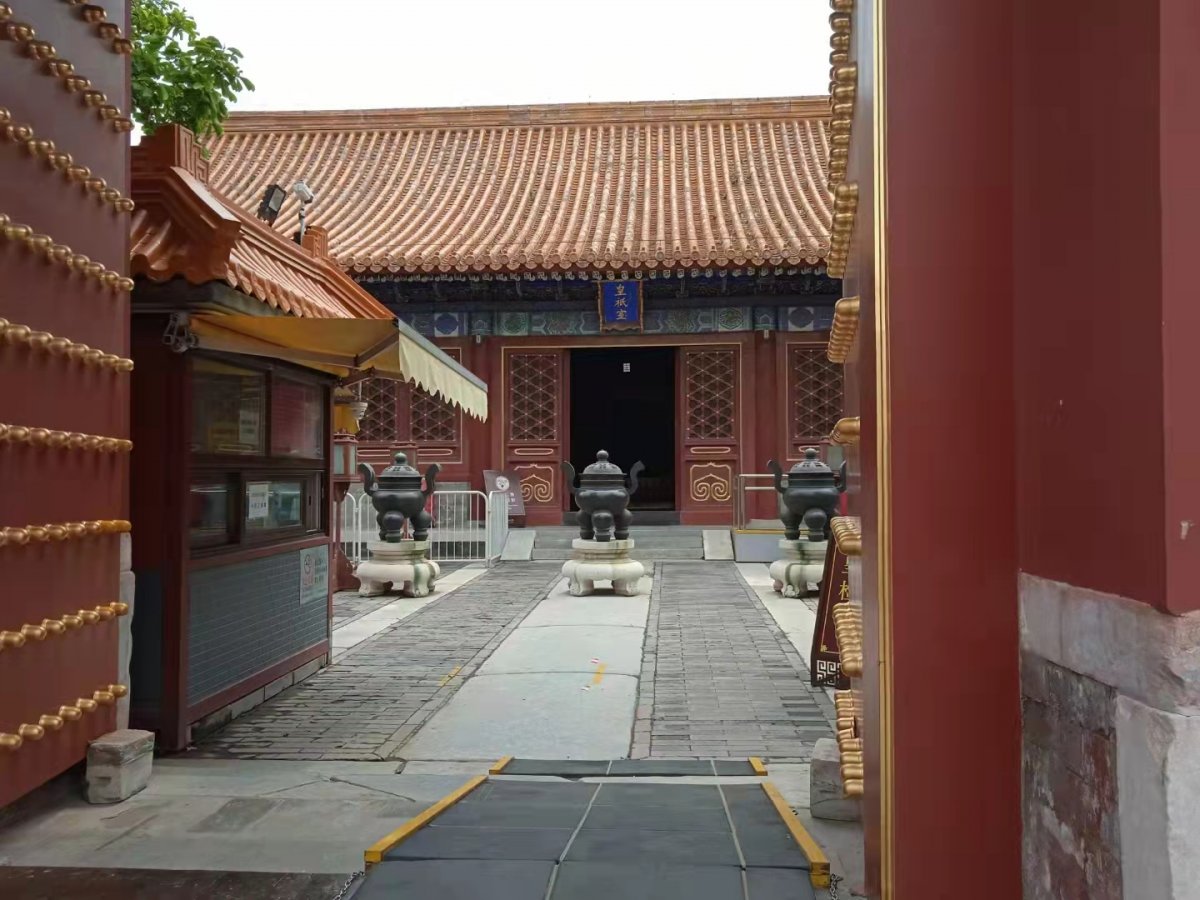
Here, you’ll find a square altar instead of a round one. Shapes were used to signify sacred things in ancient China, and while the circle signified heaven, Earth was represented by a square. The emperor came here every summer solstice to ask for things like good harvests, good weather, and stability for the nation.
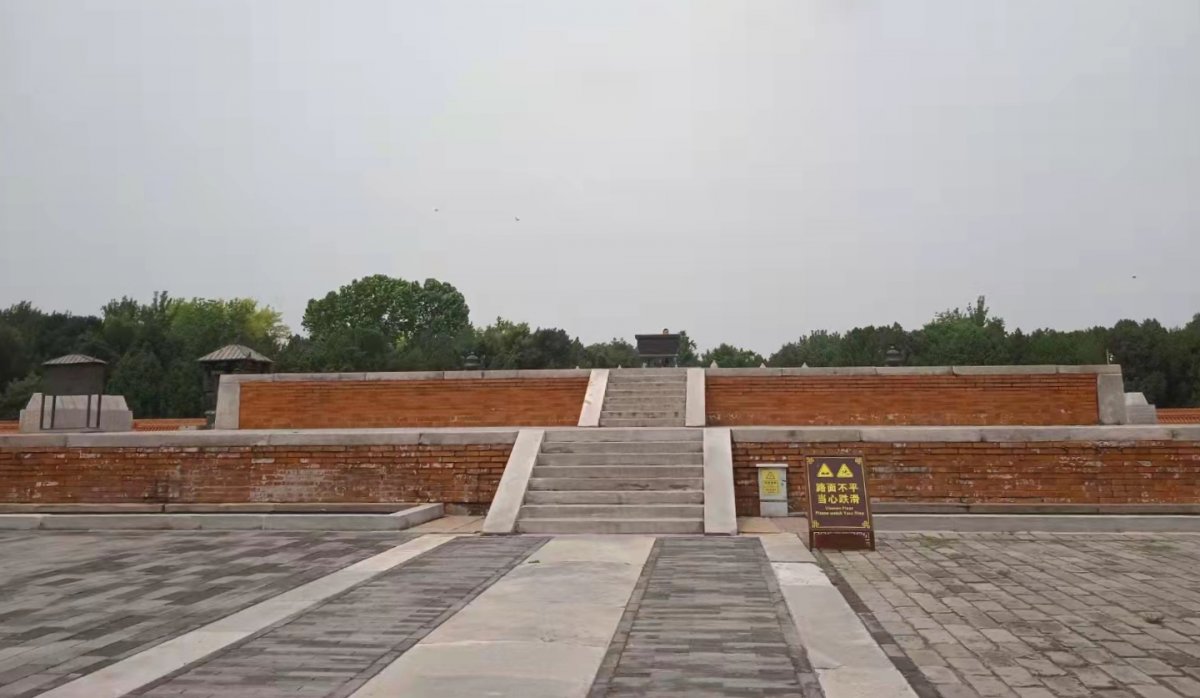
If you can’t make it to the other two, or just want to avoid the crowds at Temple of Heaven, Temple of Earth is the place to visit. There are far fewer people and it's easier to access and spend time in all the buildings used before and after prayers and sacrifices were made.
Ditan Park 地坛公园
A2 Andingmenwai Avenue, Dongcheng District
东城区安定门外大街甲2号
Earth, Heaven, Sun, and Moon once swayed the fortunes of the capital and those who governed it. Seeing all four of the temples honoring these celestial bodies is a great way to understand the mythology of ancient China, as well as to gain a better understanding of the history of Beijing.
READ: Urban Hiking: Get To Know Beijing With These Historical Walks
Images: Wikimedia, Vincent R. Vinci

